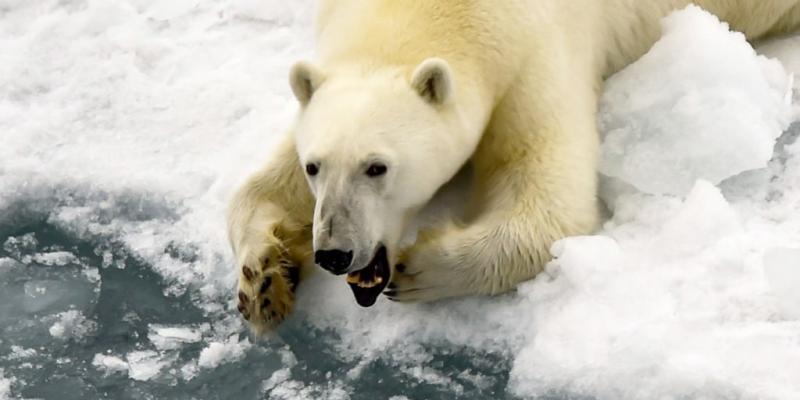'Forever chemicals' found in animals around the world



More than 330 species of wildlife around the world are contaminated with widely used chemicals known as PFAS, according to a new analysis that identified traces of the synthetic chemicals in animals on every continent except Antarctica.
The report, released Wednesday by a nonprofit advocacy group called the Environmental Working Group, is the result of a review of more than 100 recent peer-reviewed studies of PFAS contamination in animals.
The analysis adds to robust research of the negative impact of PFAS pollution on human health and hints at how pervasive these chemicals are across the globe and their far-reaching effects on ecosystems.
"Likely anywhere you test for these compounds, you will find them," said David Andrews, a senior scientist at the Environmental Working Group who contributed to the report. "I think that was what is so shocking."
Synthetic PFAS compounds (short for per- and polyfluoroalkyl substances) are commonly known as "forever chemicals" because they do not break down over time and thus can remain permanently in the air, soil, water and in the body. These chemicals have been used extensively since the 1940s in industrial manufacturing and to make products ranging from nonstick cookware and cleaning products to foams and stain- and water-resistant fabrics.
In humans, exposure to PFAS chemicals has been associated with thyroid disease, high cholesterol, infertility, low birth weight, suppression of the immune system and an increased risk of certain cancers, including kidney cancer and liver cancer.
People can come into contact with PFAS compounds by drinking contaminated water, eating food grown or caught near where the chemicals are produced, or through direct contact with materials that contain them, according to the Centers for Disease Control and Prevention. Biomonitoring studies conducted by the CDC starting in 1999 have found traces of PFAS chemicals in the bloodstream of most of the general U.S. population, though higher concentrations were detected in people who work in manufacturing and communities in and around military bases.
3M's Cordova chemical plant on the Mississippi River.E. Jason Wambsgans / Chicago Tribune/Tribune News Service via Getty Images
Studies in animals have found similarly harmful health effects, but more research is needed to understand the full impact on various species and their environments. Scientists also have a limited grasp of how PFAS pollution makes its way around the world.
"The full extent of the sources of this contamination — why it's ending up in some of the far reaches of the globe, and then why some places might be slightly higher than others — I think is still not fully understood," Andrews said.
Yet the implications could be staggering. The analysis found more than 120 unique PFAS compounds in animals, including in some species that are already threatened or endangered.
Andrews and his colleagues produced a map of their findings, showing the extent of PFAS contamination in wildlife around the world. The affected animals included large mammals such as polar bears and tigers; reptiles; birds; small mammals such as cats; frogs; and many different types of fish.
For species that are already at risk of extinction from habitat loss or ecosystem degradation, PFAS pollution adds to their vulnerabilities, said Tasha Stoiber, a senior scientist at the Environmental Working Group.
"As we were going through all this and reviewing these studies, one of the other really important things to stress is chemical exposure, and how that can act at the same time along with those other pressures to harm threatened and endangered species," Stoiber said.
The researchers also noted that while their analysis showed widespread contamination around the world, the results are likely still a conservative estimate. For instance, fewer studies and tests have been conducted in South America and Africa, Andrews said. It's also more challenging to study PFAS contamination in some species, particularly those that are threatened, he added.
In the U.S., the use of certain PFAS compounds is winding down, but the chemicals are still used in manufacturing, and the industry as a whole is largely unregulated. The researchers said they hope their analysis will show what is at stake if PFAS pollution is not restricted.
"Human health and animal health are connected," Stoiber said. "What affects humans is going to affect animals as well, and vice versa. I think that's another important takeaway overall."



there's only one subspecies of mammal on this planet that deserves extinction...